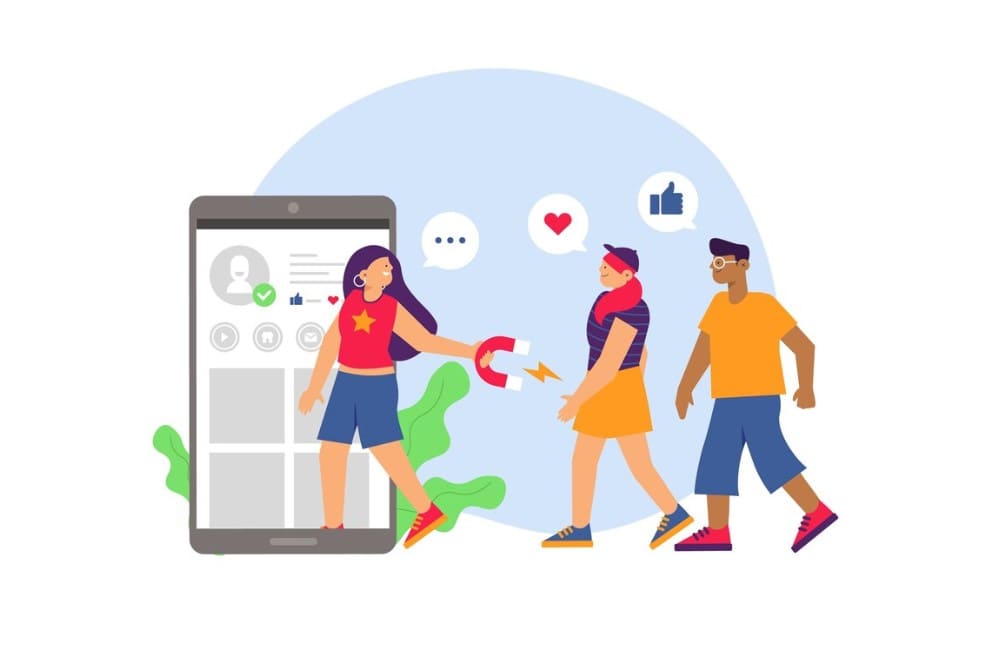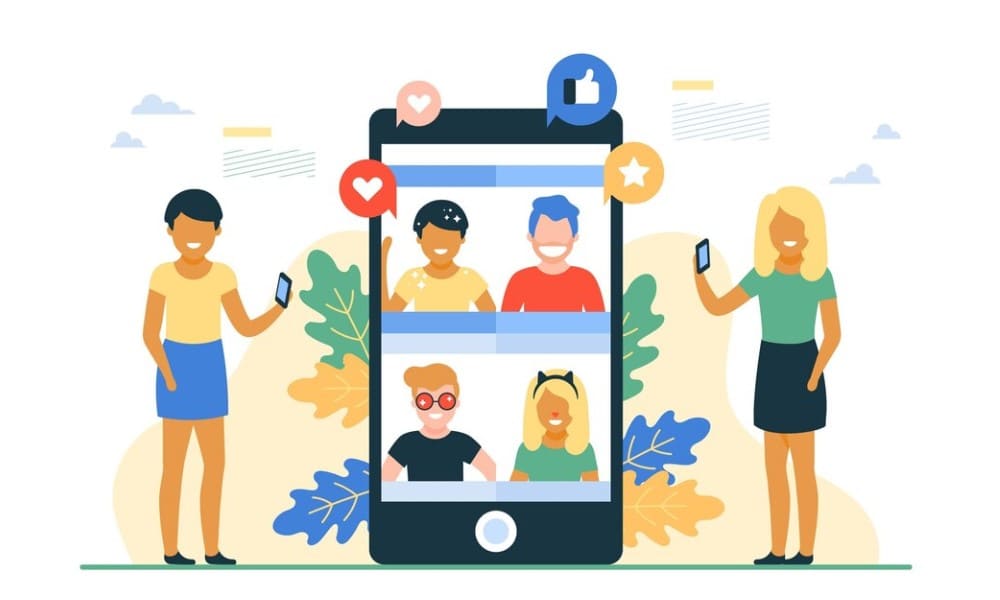Having an online presence for businesses is no longer an option; it is more of a requirement these days. Social media is used by businesses of all sizes to increase their online presence, get followers, and communicate with their target consumers. With this, it is safe to assume that you will no longer find any business these days that are not on social media.
However, whether you’re just getting started or a seasoned veteran, there’s always room for growth. So, here are 4 easy reminders to help you boost your social media game and market your brand successfully.

Crafting Compelling Messages in a Short Attention Span World
- June 25, 2024
With people’s attention spans becoming shorter and shorter in today’s fast-paced digital world, snackable content has become a powerful tool in marketing and communication initiatives. Snackable content is designed to meet the needs of people who have short attention spans by providing them with readily digestible and shareable bits of knowledge.
Today, organizations that want to stand out from the crowd and connect with their target audience successfully must design captivating messages that grab attention and generate engagement in a world where people have short attention spans.
Snackable material is easily identifiable by its concise nature. There is a deluge of stuff competing for customers’ attention in today’s information-overloaded environment. Therefore, communications that are brief, direct, and easy to understand are more likely to attract and hold audience attention. Snackable material, such as an attention-grabbing headline, an eye-catching picture, or a short video clip, captures the attention and makes an impact in an instant.
Also, snackable material is usually quite graphic and has a lot of interactive elements. Visual content, especially among younger audiences, has grown in popularity with the development of social media platforms such as Snapchat, Instagram, and TikTok. Brands are using captivating visuals like photos, GIFs, and short movies to communicate with their audience and inspire sharing and interaction.
In addition, snackable material is made to be shared simply on digital platforms. Sharing media has been ingrained in many consumers due to the widespread availability of social media and messaging channels. The trend is being used by brands to their advantage by creating material that people just can’t help but share, such funny memes, motivational quotes, or helpful tips. Organically expanding their reach and amplifying their message, marketers may do this by urging people to share their content with their networks.
The flexibility and diversity of snackable content is another distinguishing feature. Brands are adapting their content assets for use on various digital platforms and channels by repackaging and reusing them. Constant innovation is what drives companies to reach audiences everywhere. Whether it’s optimizing content for mobile devices, customizing messaging for social media platforms, or trying out new formats like Stories and Reels, brands never stop inventing.
Finally, in this time of limited attention spans, snackable content has completely changed the way marketers reach out to consumers. Brands can grab people’s attention, get them engaged, and help them form meaningful relationships with their target audience by creating captivating messages that are short, visual, interactive, and shareable. Brands that want to succeed in today’s saturated digital market must learn to create snackable content if their audiences’ attention spans are going to keep becoming shorter and shorter.
Find Out: For more information about IT, visit this website at IT-Americano
Related articles
Contrary to popular belief, Lorem Ipsum is not simply random text. It has roots in a piece of classical Latin literature from 45 BC, making it over 2000 years old.


















